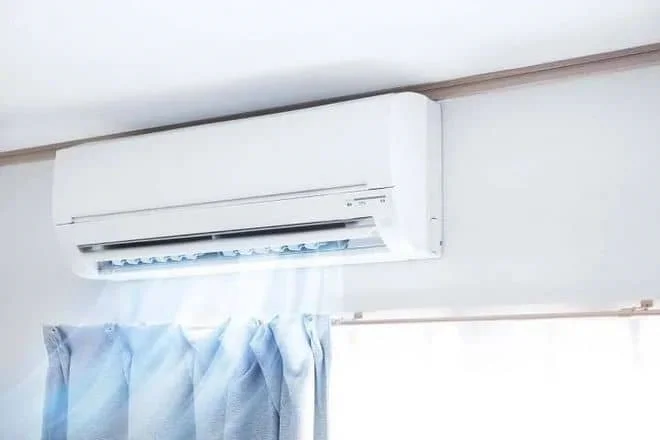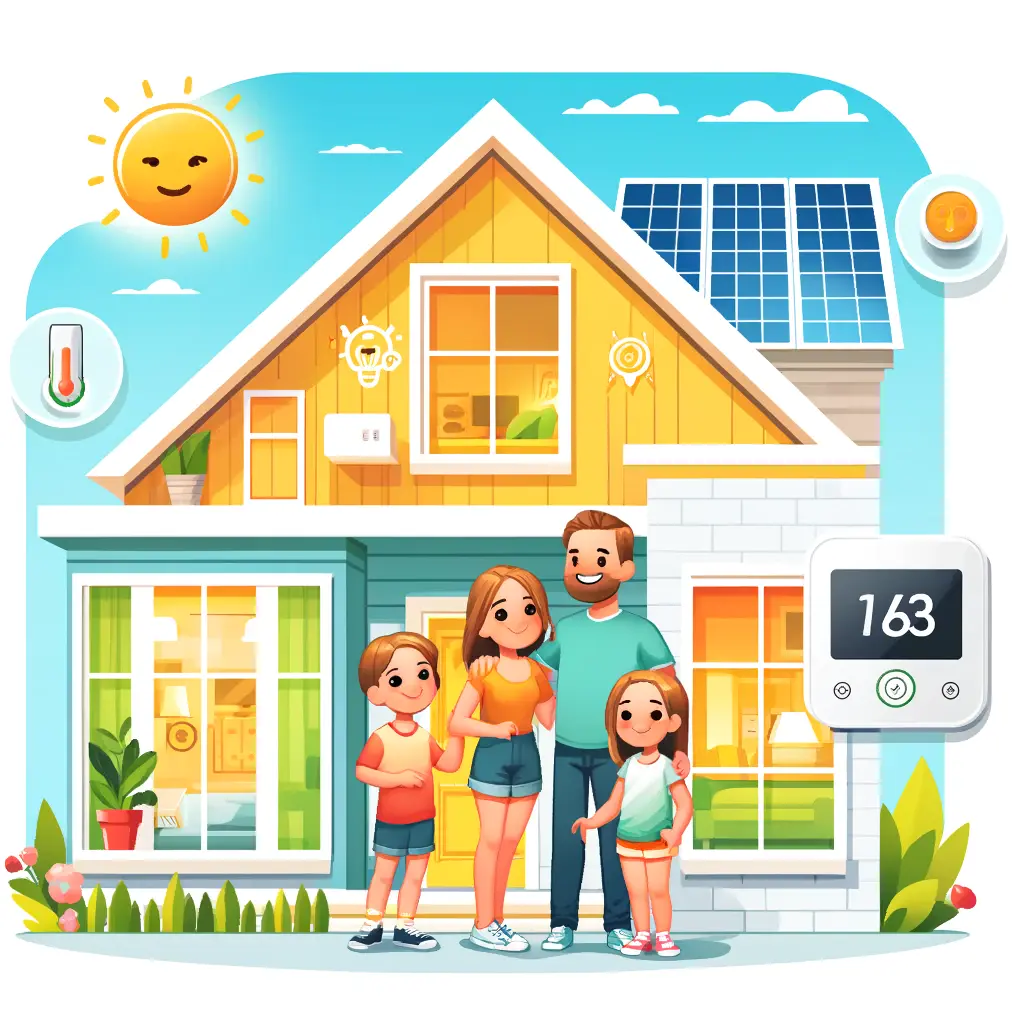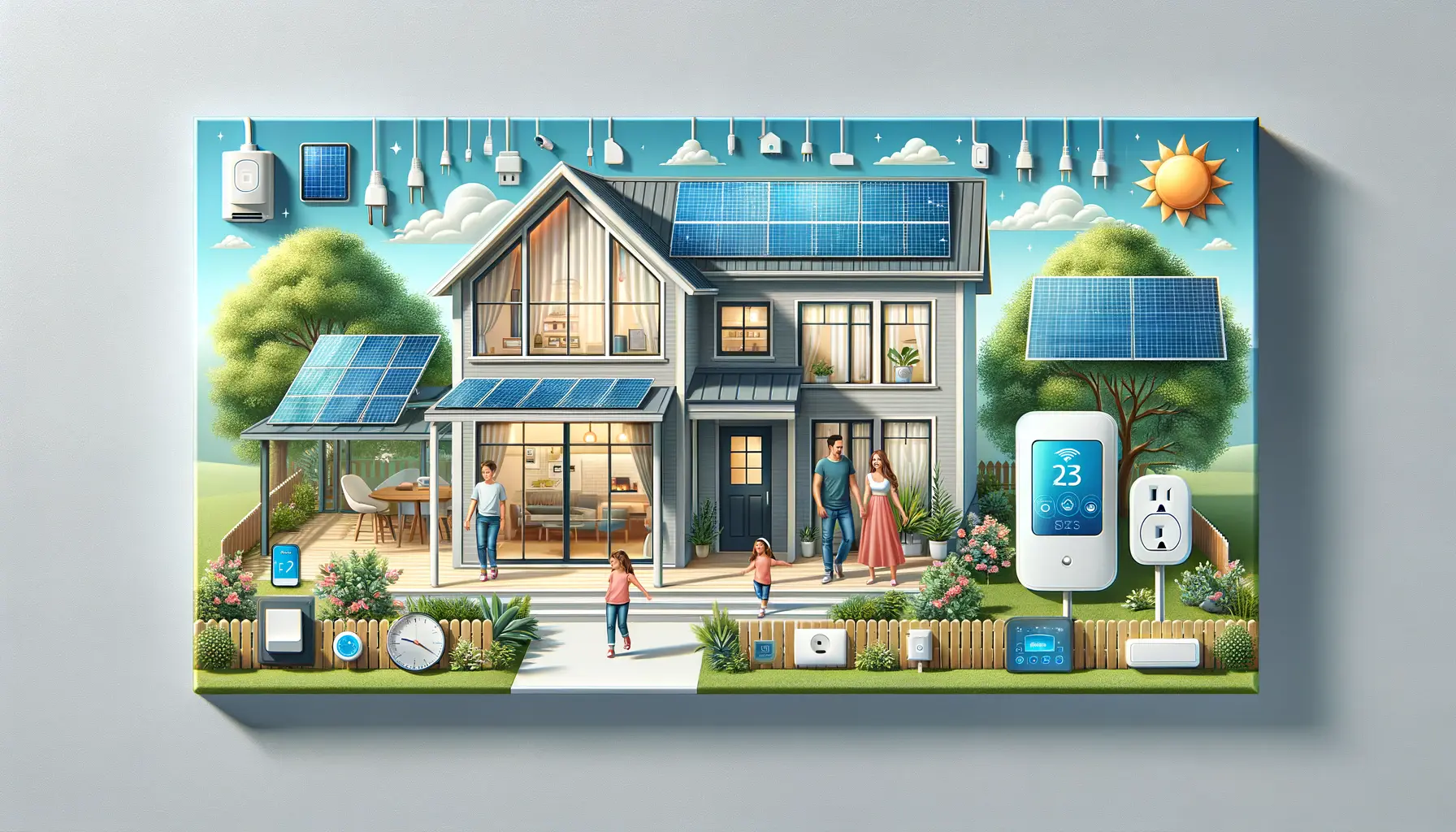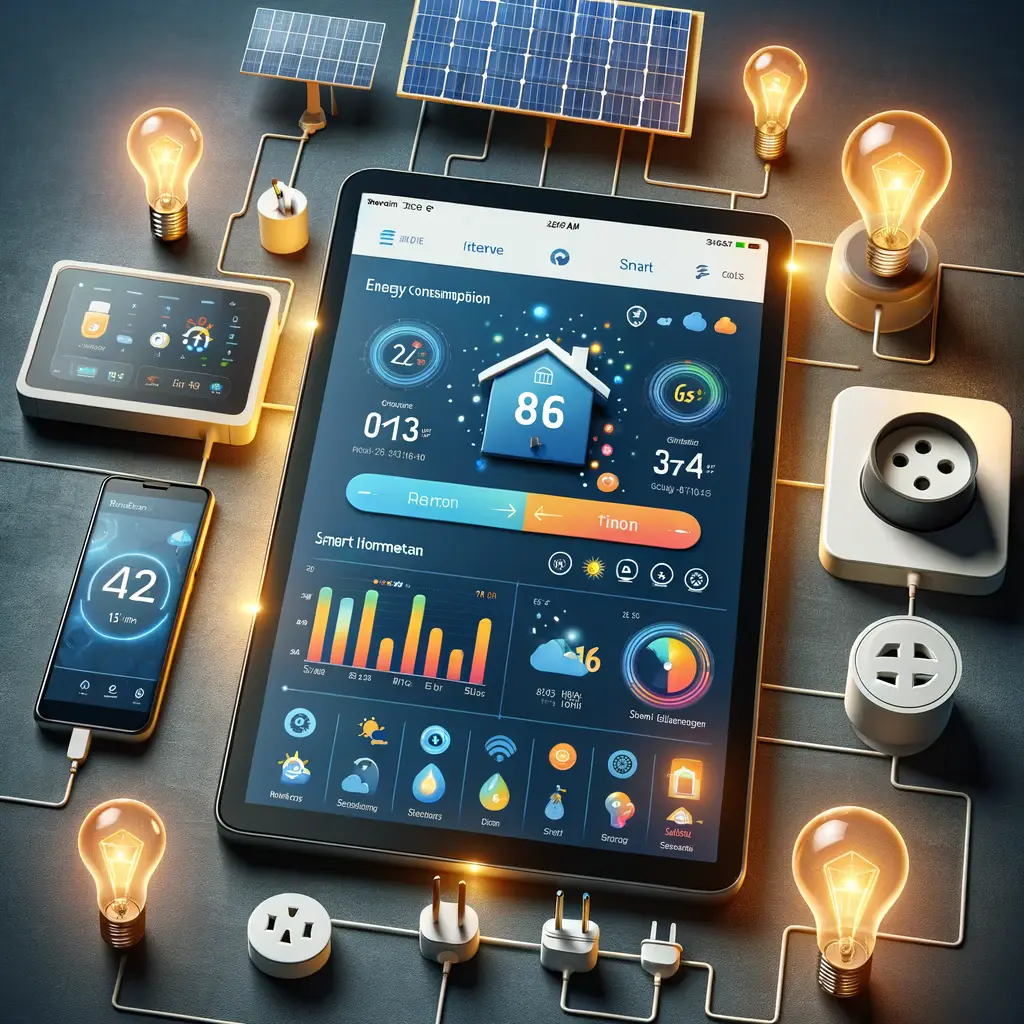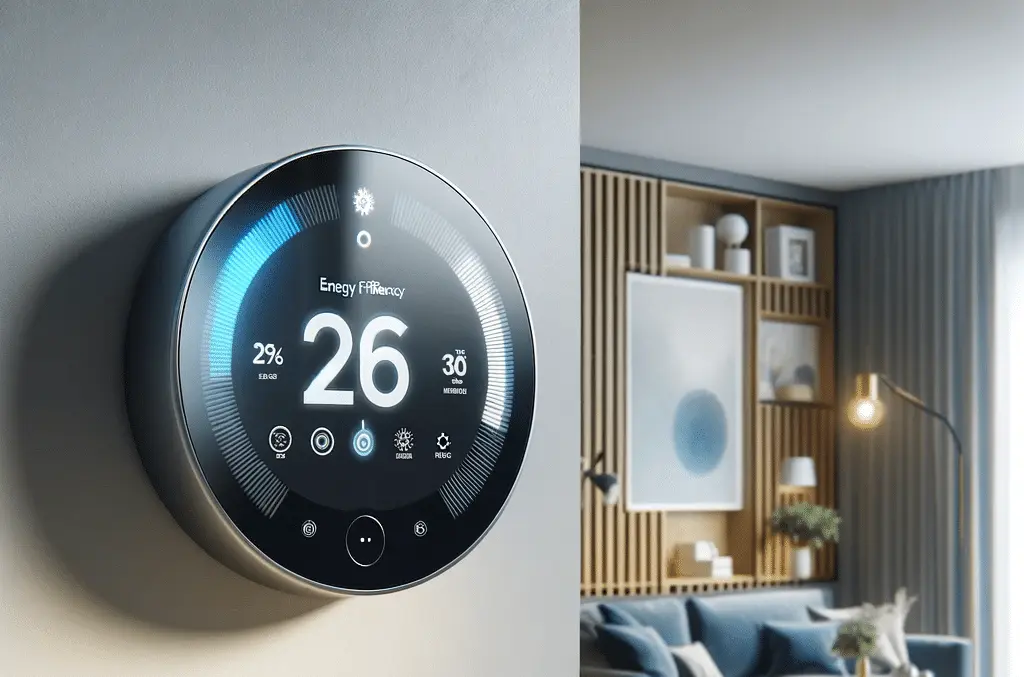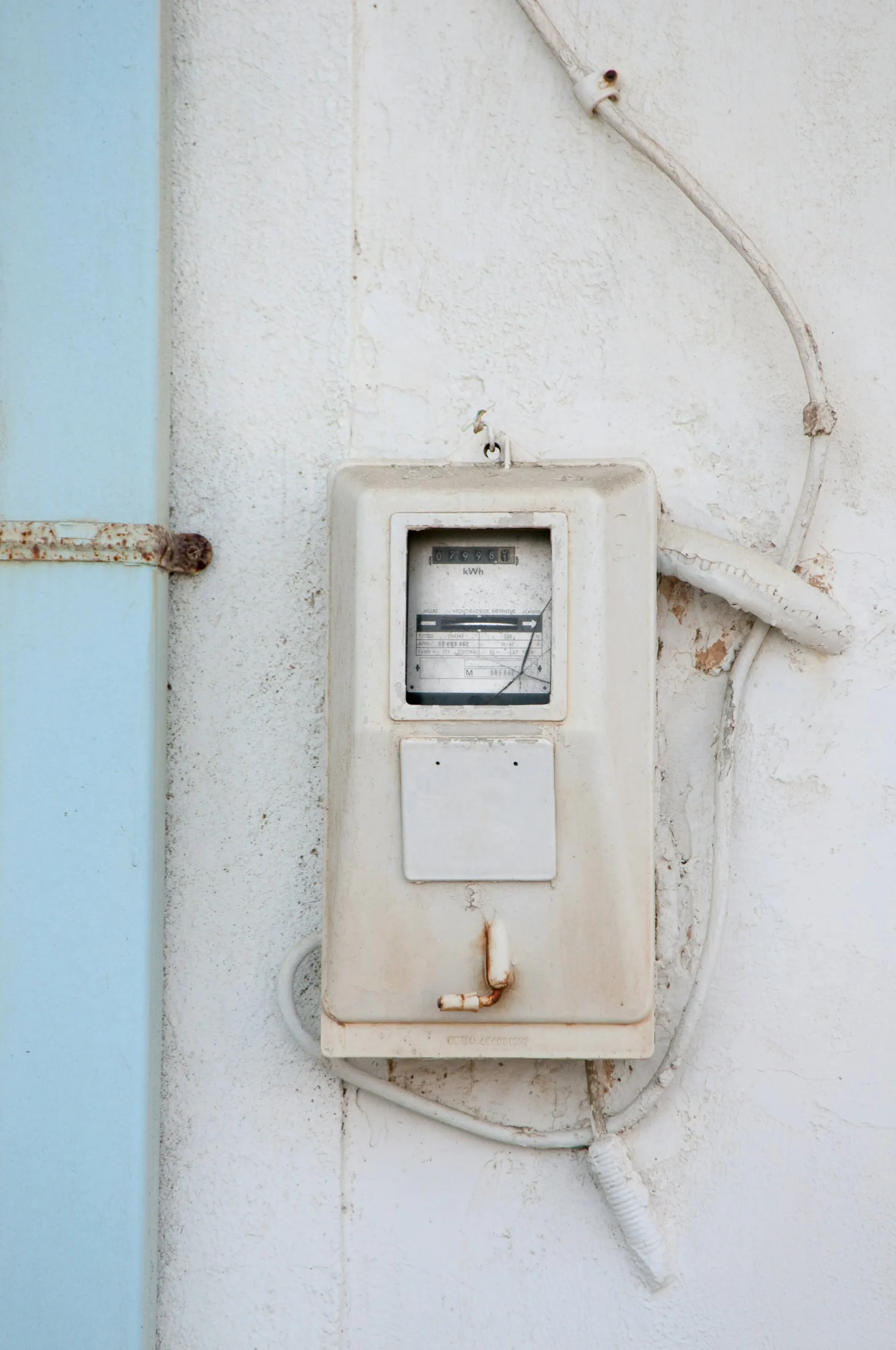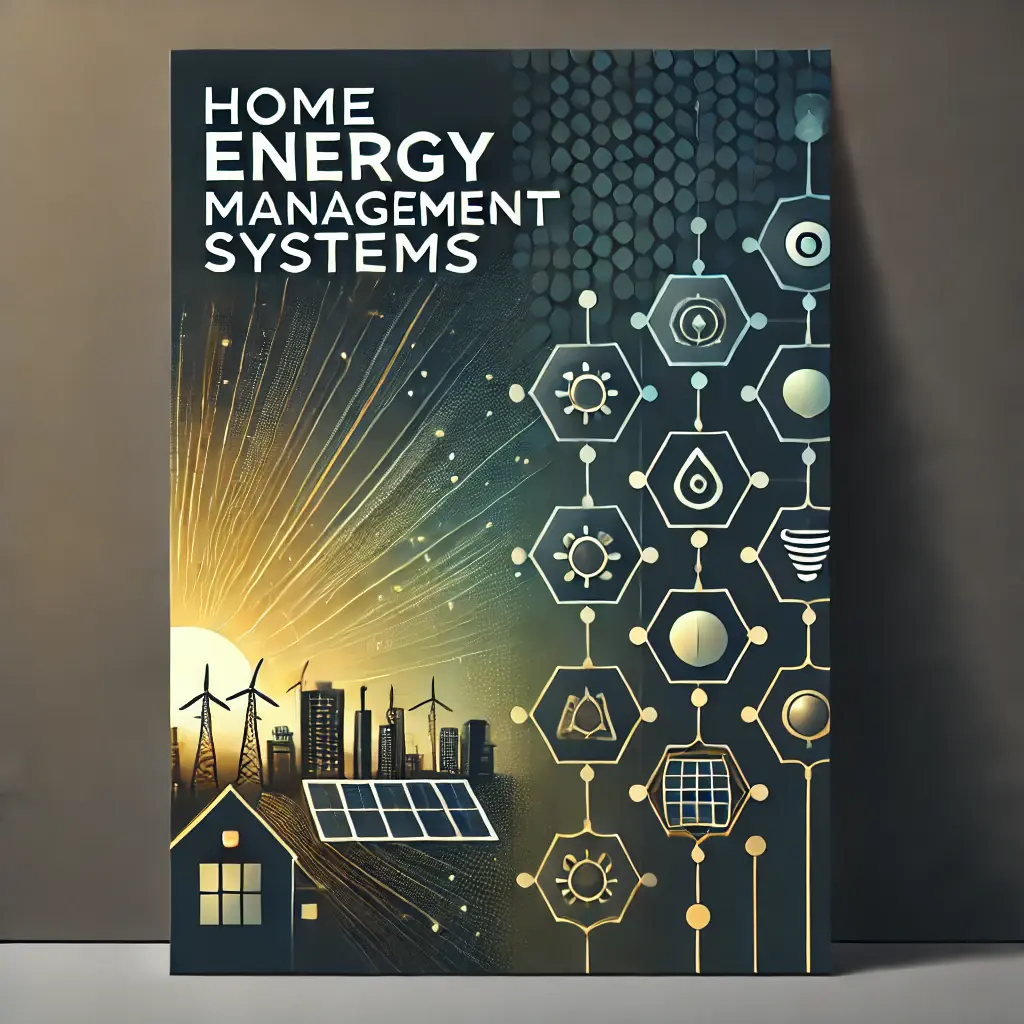
In an era of rising energy costs and growing environmental concerns, Home Energy Management Systems (HEMS) have emerged as a game-changer for homeowners seeking to take control of their energy consumption. These intelligent systems empower you to monitor, analyze, and optimize your energy usage like never before, unlocking a world of benefits that extend beyond cost savings.
Sistemas de gerenciamento de energia residencial: uma visão geral
O que é um Sistema de Gerenciamento de Energia Residencial (HEMS)?
A Home Energy Management System (HEMS) is an advanced home automation technology that provides comprehensive control over your home’s energy consumption. It acts as a central hub that integrates various smart devices, sensors, and appliances, allowing you to monitor, track, and manage your energy usage in real-time.
Componentes de um sistema de gerenciamento de energia residencial
Um HEMS típico consiste nos seguintes componentes:
- Sensores:Monitore o consumo de energia de várias fontes, como eletrodomésticos, iluminação e sistemas HVAC.
- Dispositivos inteligentes:Controllable devices that can be programmed to adjust energy consumption based on user preferences and optimization algorithms.
- Centro de Comunicação:Conecta sensores e dispositivos inteligentes a um controlador central.
- Controlador Central:Processes data from sensors, manages smart devices, and provides an intuitive user interface for monitoring and control.
Benefícios dos sistemas de gerenciamento de energia residencial
HEMS offers a multitude of benefits that can transform your home’s energy efficiency:
Custos de energia reduzidos:By monitoring and optimizing your energy consumption, HEMS can identify and eliminate energy waste, resulting in significant savings on your utility bills.
Maior conforto e conveniência:HEMS allows you to remotely control your home’s temperature, lighting, and other appliances, ensuring a comfortable living environment with minimal effort.
Redução da demanda de pico:HEMS can optimize energy consumption during peak usage hours, reducing the demand on the electrical grid and potentially lowering your electricity rates.
Sustentabilidade Ambiental:By reducing energy consumption, HEMS contribute to reducing greenhouse gas emissions and protecting the environment.
Como funcionam os sistemas de gerenciamento de energia residencial
Os HEMS operam com um princípio simples, porém eficaz:
- Coleta de dados:Sensores coletam dados em tempo real sobre o consumo de energia de várias fontes em sua casa.
- Análise e Otimização:The central controller analyzes the collected data to identify patterns, inefficiencies, and optimization opportunities.
- Controle e Automação:Based on the analysis, the controller makes adjustments to smart devices to optimize energy usage and reduce waste.
- Interface do usuário:A user-friendly interface provides comprehensive insights into energy consumption, allowing homeowners to make informed decisions and fine-tune the system’s settings.
Tipos de sistemas de gerenciamento de energia residencial
Os HEMS são encontrados em vários tipos, cada um adaptado às necessidades e orçamentos específicos:
HEMS com fio:Requires physical wiring between sensors and the central controller, providing a highly reliable and secure connection.
HEMS sem fio:Utilizes wireless communication protocols, such as Wi-Fi, Zigbee, or Z-Wave, to connect sensors and devices, offering greater flexibility and ease of installation.
HEMS baseado em nuvem:Stores data and provides control functionality through a cloud-based platform, accessible from anywhere with an internet connection.
Escolhendo o sistema certo de gerenciamento de energia residencial
Selecionar o HEMS certo para sua casa envolve considerar os seguintes fatores:
- Compatibilidade:Certifique-se de que o HEMS seja compatível com seus dispositivos e aparelhos inteligentes existentes.
- Características e funcionalidades:Identify the specific features and functionalities that meet your needs, such as real-time monitoring, remote control, and integration with other smart home systems.
- Facilidade de instalação:Considere a complexidade da instalação e se você prefere um sistema com ou sem fio.
- Custo:Determine seu orçamento e compare os custos iniciais e contínuos de diferentes opções de HEMS.
Instalação e configuração
A instalação e configuração de um HEMS normalmente envolve as seguintes etapas:
- Instalação de hardware:Install sensors, smart devices, and the central controller according to the manufacturer’s instructions.
- Configuração de rede:Connect the HEMS to your home Wi-Fi network or set up a dedicated communication network for wired systems.
- Configuração:Program smart devices, set up automation rules, and customize the user interface to suit your preferences.
Perguntas frequentes
- Os sistemas de gerenciamento de energia residencial são caros?
HEMS vary in price depending on the type, features, and complexity. However, most systems offer a reasonable return on investment in the long run through energy savings. - Posso instalar um HEMS sozinho?
While some HEMS are designed for DIY installation, others require professional assistance. If you are not comfortable with electrical or networking tasks, it is recommended to hire a qualified electrician or installer. - Os sistemas de gerenciamento de energia residencial exigem uma assinatura?
Some HEMS providers offer subscription-based services that provide additional features or support. However, most systems do not require ongoing subscriptions. - Com que rapidez posso ver economias com um HEMS?
The time it takes to realize savings with a HEMS varies depending on factors such as the size of your home, your energy usage patterns, and the efficiency of your appliances. However, many users report noticeable savings within the first few months of installation. - Os sistemas de gerenciamento de energia residencial melhoram o valor da casa?
While HEMS are not directly correlated with home value, they can contribute to a more energy-efficient and sustainable home, which may be attractive to potential buyers. - Quais são as últimas tendências em sistemas de gerenciamento de energia residencial?
Emerging trends include the integration of renewable energy sources, the use of artificial intelligence for optimization, and the seamless integration with other smart home devices.
Home Energy Management Systems are a powerful tool for homeowners who seek to optimize energy efficiency, reduce costs, and enhance their home’s comfort and convenience. By embracing HEMS technology, you unlock the potential for a more sustainable, energy-conscious, and financially rewarding living space.
